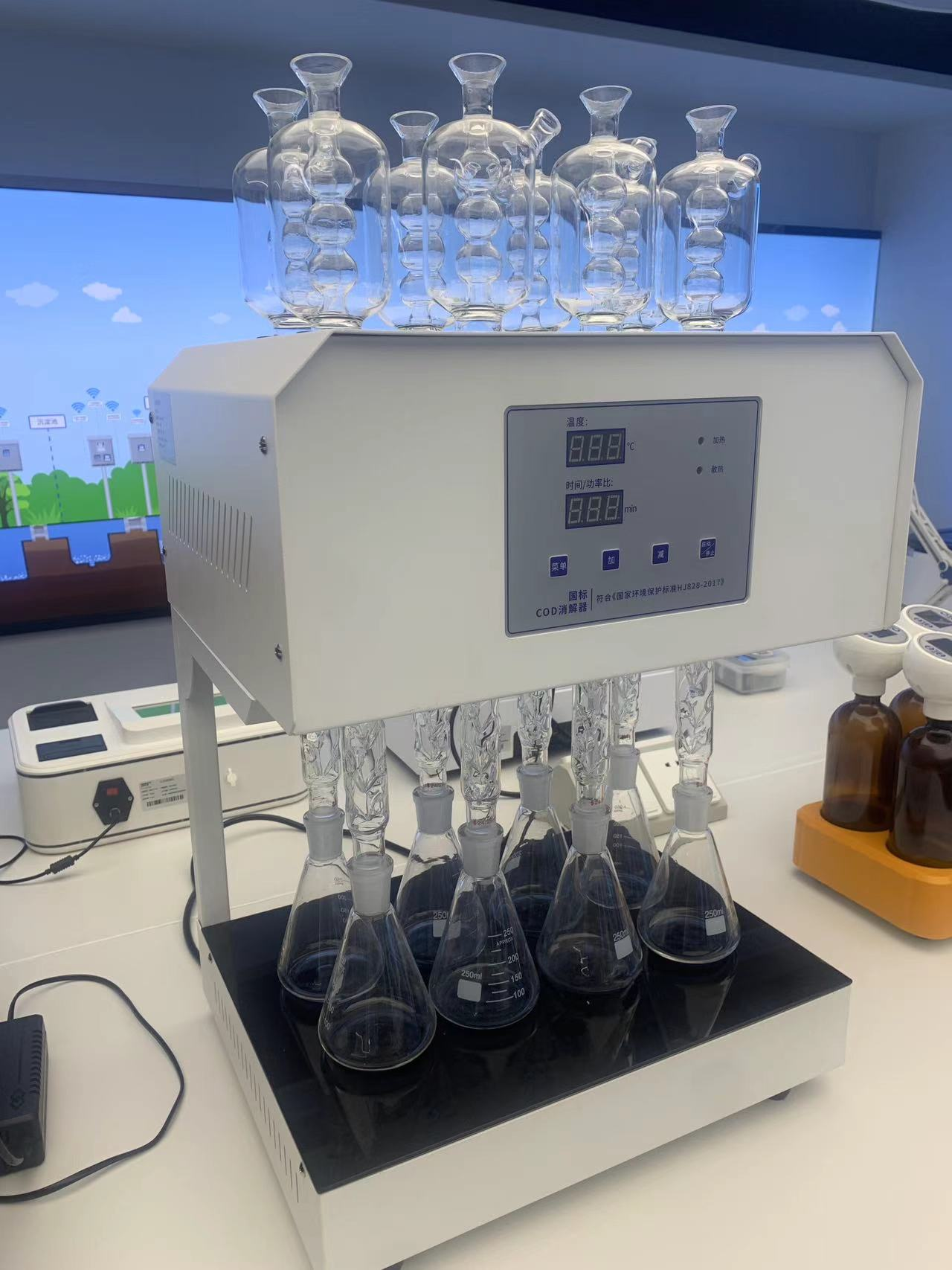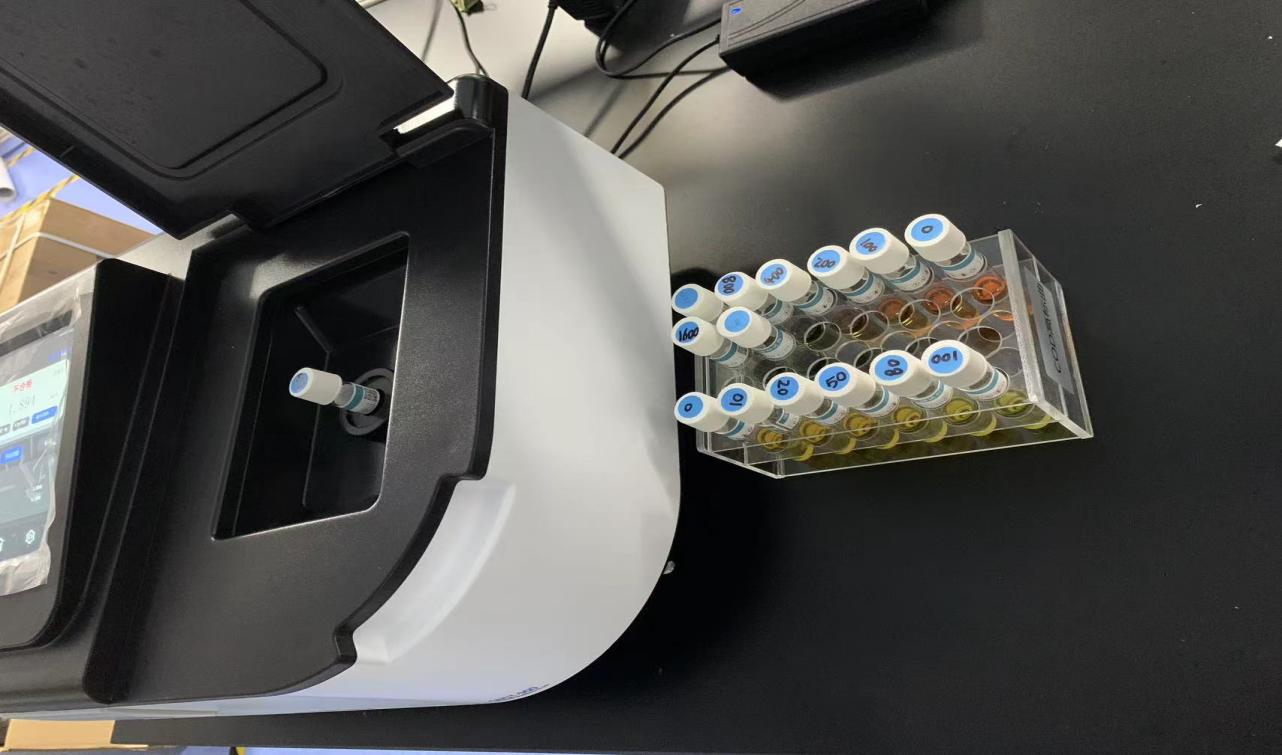COD test method examples, which one is suitable for you?
Oct 25,2024


COD test method is an indispensable method in water quality monitoring. Its meaning refers to the amount of oxidant consumed when treating water samples with strong oxidants under certain conditions, expressed in mg/L of oxygen. Chemical oxygen demand reflects the degree of pollution of water by reducing substances. In the detection and analysis process, Cl- in water samples is easily oxidized by oxidants, and a large amount of Cl- makes the measurement result high. The measurement of high-chlorine and low-COD wastewater is a difficult problem now. In actual monitoring, it is found that many types of wastewater such as chemical wastewater, monosodium glutamate wastewater, and seafood processing wastewater have high Cl- contents. The COD determination requires shielding Cl- before determination. The vast majority of environmental monitoring workers have done a lot of work on the interference of Cl- on COD determination. The following is an explanation from the test method.

1. The dichromate reflux method is a classic standard method with good reproducibility, accuracy and reliability.
Determination principle: In sulfuric acid acid medium, potassium dichromate is used as oxidant, silver sulfate is used as catalyst, mercuric sulfate is used as masking agent for chloride ions, the sulfuric acid acidity of the digestion reaction solution is 9mol/L, and the digestion reaction solution is heated to boil, and the boiling point temperature of 148℃±2℃ is the digestion temperature. The reaction is refluxed and heated with water for 2h. After the digestion solution is cooled naturally, ferrochlore is used as indicator, and the remaining potassium dichromate is titrated with ammonium ferrous sulfate solution. The COD value of the water sample is calculated according to the consumption of ammonium ferrous sulfate solution.

2. The advantage of potassium permanganate method is that the pollution generated during the experiment is less than that of the national standard method. Potassium permanganate is used as an oxidant to determine COD. The COD measured by this COD test method is called permanganate index (CODMn). After the water sample is acidified by adding sulfuric acid, a certain amount of potassium permanganate solution is added, and the reaction is heated in a boiling water bath for 30min. The remaining potassium permanganate is reduced by adding excess sodium oxalate solution, and then the excess sodium oxalate is back-titrated with potassium permanganate solution, and the permanganate index is calculated.

3. Compared with the traditional national standard method, the spectrophotometric method effectively saves the time consumed in the preparation of chemical reagents, does not require titration, and is easy to operate. The principle of this method is the same as the national standard method. Its determination principle is also in an acidic solution, the reducing substance in the test solution reacts with potassium dichromate to generate trivalent chromium ions. The trivalent chromium ions have a great absorption capacity for light with a wavelength of 600nm, and the relationship between its absorbance and the concentration of trivalent chromium ions obeys the Lambert-Beer law. The trivalent chromium ions are related to the amount of reducing substances in the test solution, so the COD value of the test solution can be indirectly measured by measuring the absorbance of trivalent chromium.

4. The advantages of the rapid digestion method are that the acidity of sulfuric acid in the digestion system is increased from 9.0 mg/l to 10.2 mg/l, the reaction temperature is increased from 150°C to 165°C, and the digestion time is reduced from 2 hours to 10 minutes to 15 minutes. The classic standard method is the 2-hour reflux method. In order to increase the analysis speed, various rapid analysis methods have been proposed. This COD test method is mainly a method to increase the reaction speed by increasing the concentration of the oxidant in the digestion reaction system, increasing the acidity of sulfuric acid, increasing the reaction temperature, and adding a catalyst.

PREVIOUS:
Contact Us
E-mail :
andrew@genesit1.com
Phone:
+8615896508337
Address:
Chanhe Industrial Park,LuoYang City, Henan Province,China


